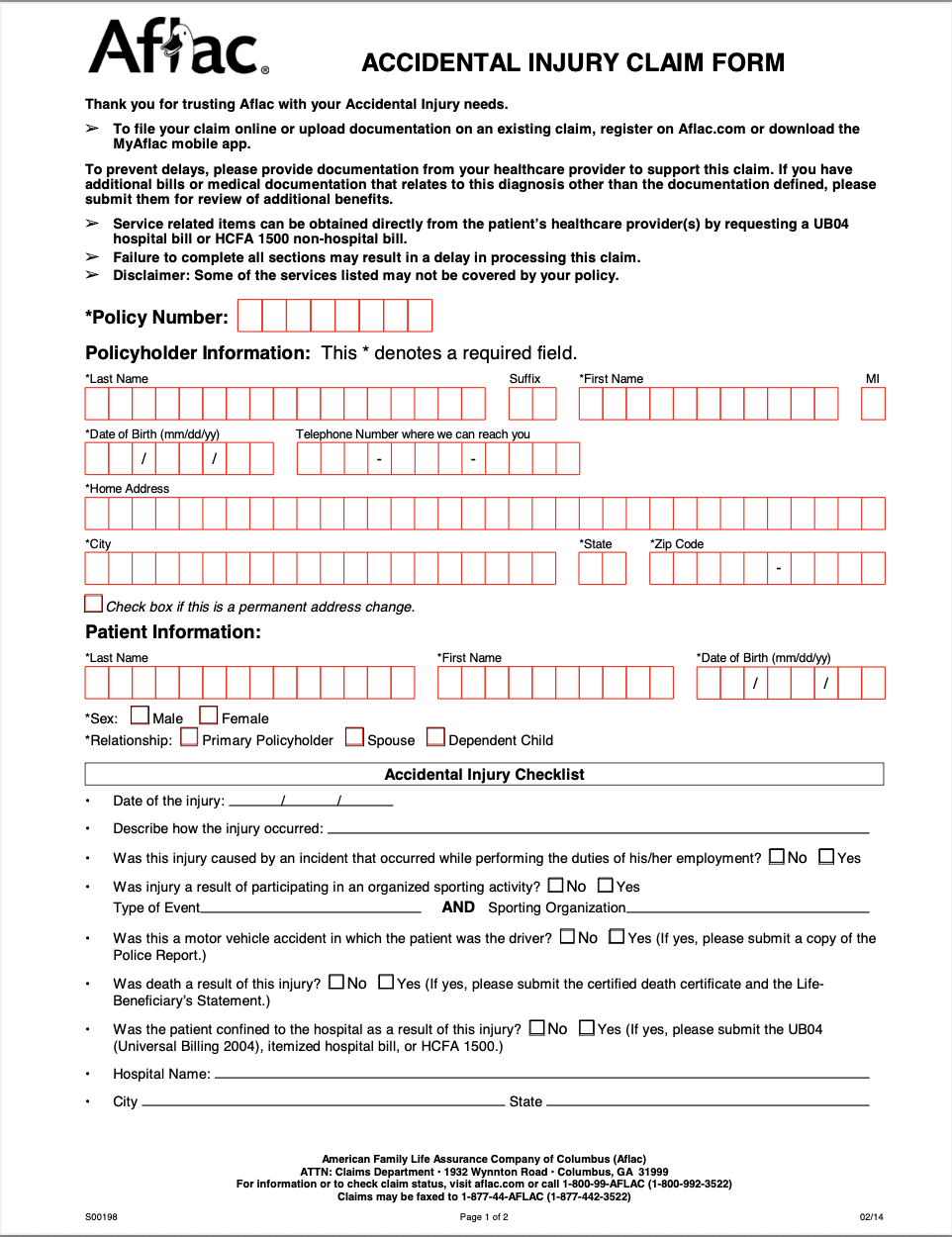🪄 Automatically convert a PDF into a fillable form.
💻 Hosted Models (detect.semanticdocs.org) | 📄 CommonForms Paper | 🤗 Dataset | 🦾 Models
FFDNet-L-cpu
FFDNet-S is the 6 million parameter object detector trained on the dataset from the paper CommonForms: A Large, Diverse Dataset for Form Field Detection. The model detects widgets from among three classes: TextBoxes, ChoiceButtons (checkboxes), and Signature fields.
⚠️ This is the CPU-optimized ONNX export of the model!
Results
| Model | Text | Choice | Signature | AP (↑) |
|---|---|---|---|---|
| FFDNet-S (1216px) | 61.5 | 71.3 | 84.2 | 72.3 |
| FFDNet-L (1216px) | 71.4 | 78.1 | 93.5 | 81.0 |
Installation
The commonforms package can be installed with either uv or pip, feel free to choose your package manager flavor.
The uv command:
uv pip install commonforms
The pip command:
pip install commonforms
Once it's installed, you should be able to run the CLI command on ~any PDF.
Refer to the commonforms documentation for the latest information.
CLI
The simplest usage will run inference on your CPU using the default suggested settings:
commonforms <input.pdf> <output.pdf>
Command Line Arguments
| Argument | Type | Default | Description |
|---|---|---|---|
input |
Path | Required | Path to the input PDF file |
output |
Path | Required | Path to save the output PDF file |
--model |
str | FFDNet-L |
Model name (FFDNet-L/FFDNet-S) or path to custom .pt file |
--keep-existing-fields |
flag | False |
Keep existing form fields in the PDF |
--use-signature-fields |
flag | False |
Use signature fields instead of text fields for detected signatures |
--device |
str | cpu |
Device for inference (e.g., cpu, cuda, 0) |
--image-size |
int | 1600 |
Image size for inference |
--confidence |
float | 0.3 |
Confidence threshold for detection |
--fast |
flag | False |
If running on a CPU, you can trade off accuracy for speed and run in about half the time |
CommonForms API
In addition to the CLI, you can use
from commonforms import prepare_form
prepare_form(
"path/to/input.pdf",
"path/to/output.pdf"
)
All of the above arguments are keyword arguments to the prepare_form function.
E.g. if you want to prepare a with signature fields and keep existing fields at 1216 resolution, you would run:
from commonforms import prepare_form
prepare_form(
"path/to/input.pdf",
"path/to/output.pdf",
keep_existing_fields=True,
use_signature_fields=True,
image_size=1216
)


